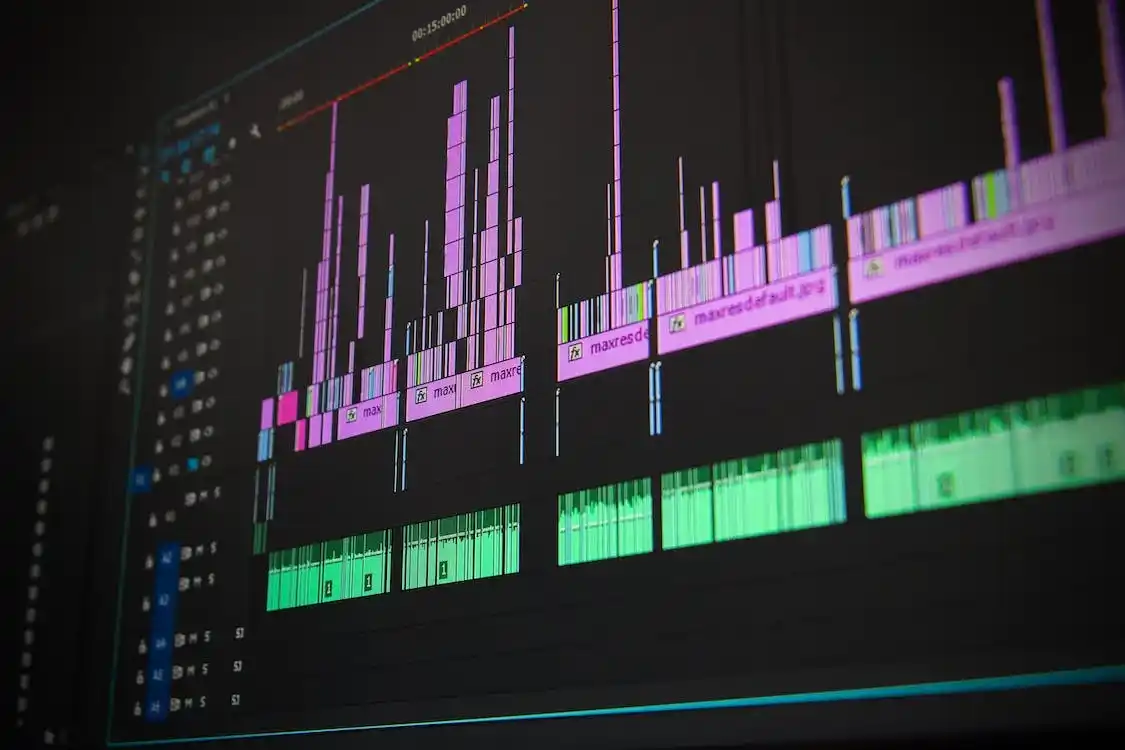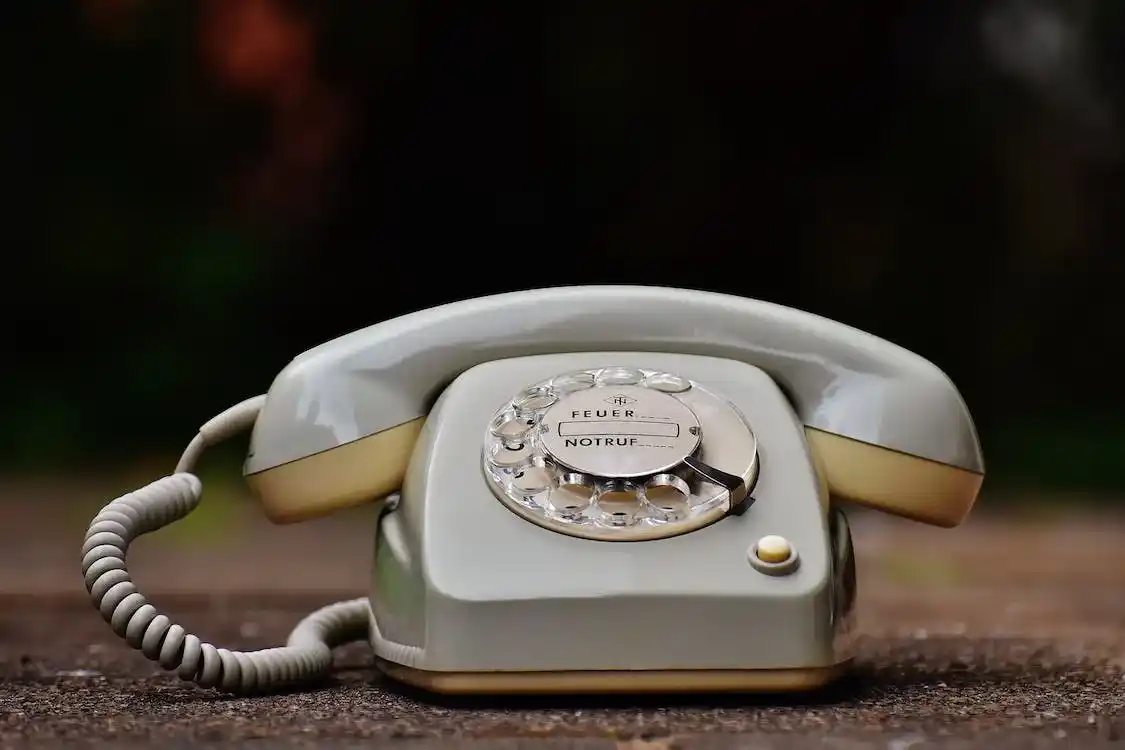As technology has advanced over the years, so too has the way in which we consume and produce music. From vinyl records to cassettes to CDs, and now to digital files and streaming services, the landscape of the music industry has undergone significant changes. In this article, we will explore the history of digital music and how it has revolutionized the way we listen to and create music.
The Early Days of Digital Music
The concept of digital music dates back to the 1940s and 1950s, with the invention of the first electronic music synthesizers. These early synthesizers were massive and expensive, and were primarily used by experimental composers and musicians. In the 1970s, digital music started to become more accessible with the development of digital synthesizers and the first digital recording systems.
One of the most significant breakthroughs in digital music came in 1982 with the introduction of the compact disc, or CD. CDs offered superior sound quality to vinyl records and cassettes and quickly became the dominant format for music distribution. The rise of CDs also paved the way for digital audio technologies, such as digital signal processing and compression algorithms, which would later become essential for the development of digital music.
The Emergence of MP3s and Online Music
In the late 1990s, the invention of the MP3 file format revolutionized the music industry. MP3s allowed for high-quality digital audio files to be compressed into small sizes, making it possible to store and transfer music files over the internet. This led to the emergence of online music sharing services such as Napster, which allowed users to share and download music files for free.
The rise of online music sharing sparked a legal battle between music labels and online services, with many services being shut down due to copyright infringement. However, the popularity of online music continued to grow, and legal digital music services such as iTunes and Amazon Music emerged, offering consumers a legal and convenient way to purchase and download music online.
The Era of Streaming
In the early 2000s, music streaming services began to emerge, allowing users to stream music online without downloading files. Initially, streaming services such as Pandora and Last.fm offered personalized radio stations based on users’ music preferences. However, in 2008, Spotify was launched, offering users access to a massive library of songs that they could stream on-demand.
Today, music streaming has become the dominant method of music consumption, with services such as Spotify, Apple Music, and Tidal boasting millions of subscribers. Streaming has also changed the way in which artists are compensated for their music, with streaming royalties now accounting for a significant portion of their income.
The Future of Digital Music
The history of digital music has been characterized by rapid technological advancements and changing consumer preferences. As we move into the future, it’s clear that digital music will continue to evolve and shape the music industry in new and exciting ways. From the rise of artificial intelligence in music production to the emergence of virtual reality concerts, the possibilities for digital music are endless.
Despite the many changes and challenges that the music industry has faced in the digital age, one thing remains constant: the power of music to connect people and bring joy to their lives.
Best Articles
Read Also About Digital Audio











